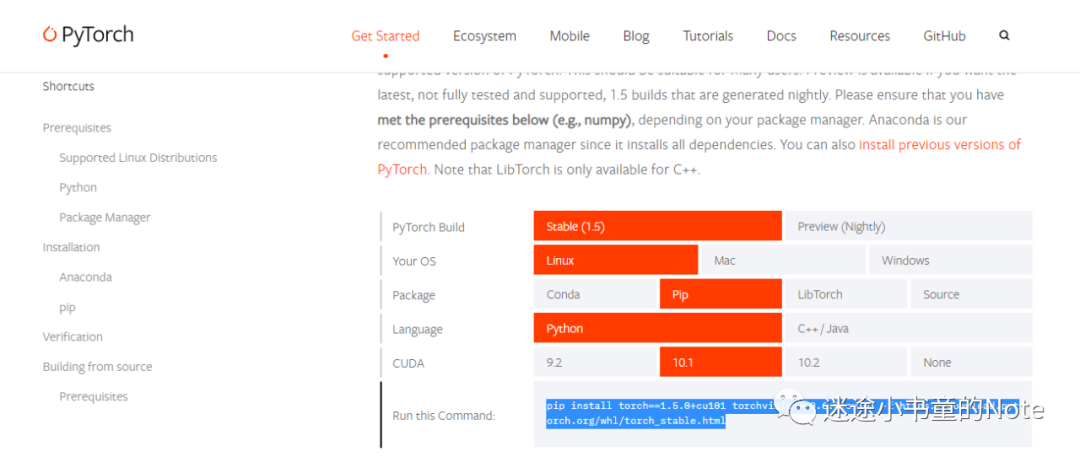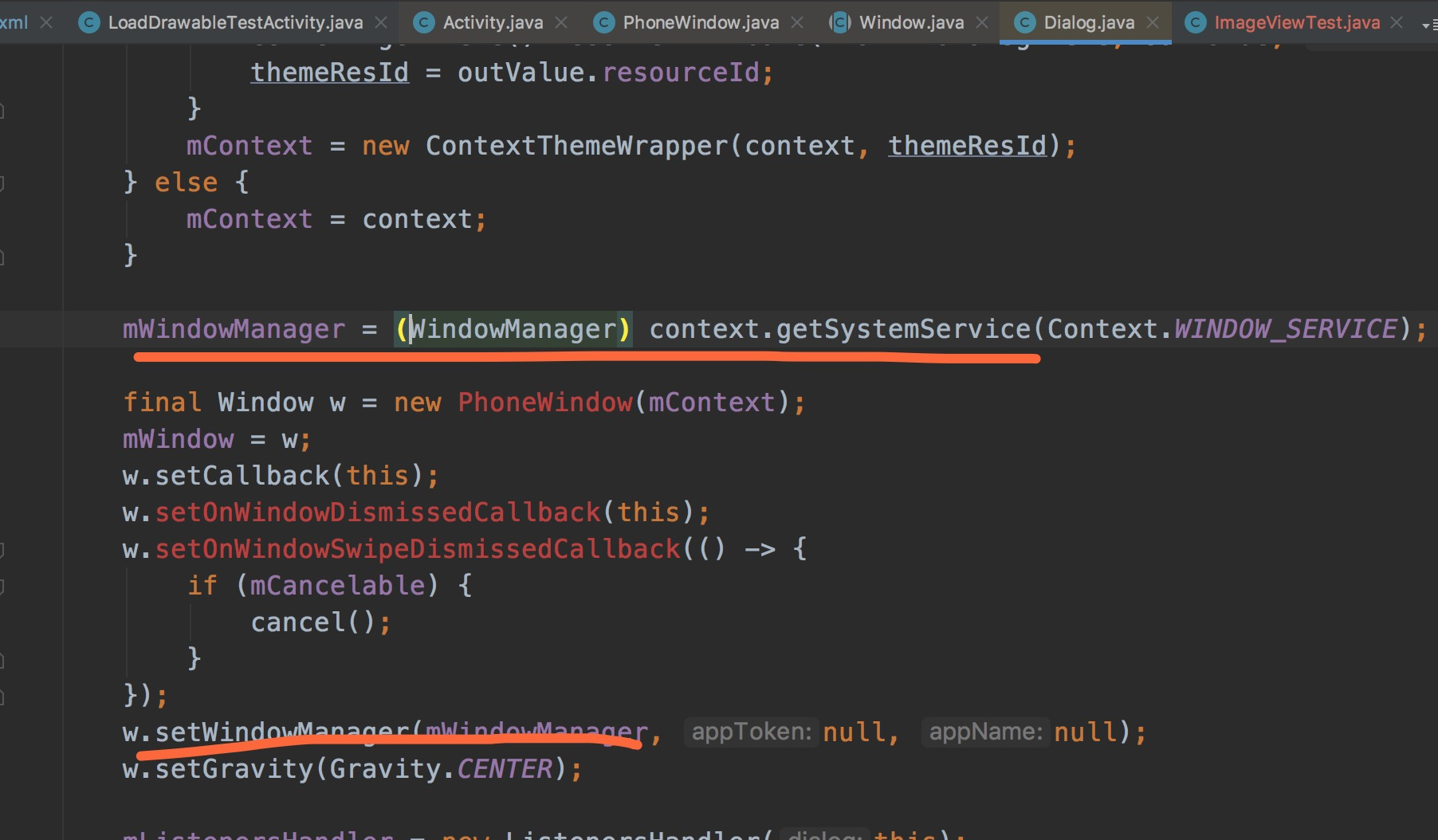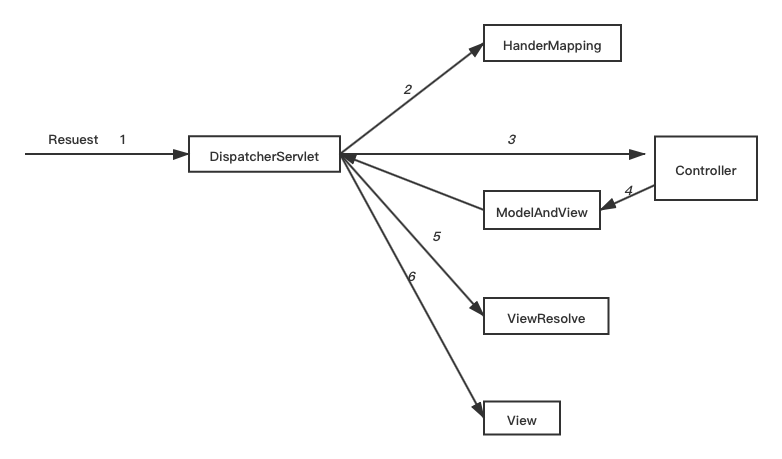The sklearn.cross_decomposition.PLSSVD class in Sci-kit learn appears to be failing when the response variable has a shape of (N,) instead of (N,1), where N is the number of samples in the dataset.
However, sklearn.cross_validation.cross_val_score fails when the response variable has a shape of (N,1) instead of (N,). How can I use them together?
A snippet of code:
from sklearn.pipeline import Pipeline
from sklearn.cross_decomposition import PLSSVD
from sklearn.preprocessing import StandardScaler
from sklearn.linear_model import LogisticRegression
# x -> (N, 60) numpy array
# y -> (N, ) numpy array
# These are the classifier 'pieces' I'm using
plssvd = PLSSVD(n_components=5, scale=False)
logistic = LogisticRegression(penalty='l2', C=0.5)
scaler = StandardScaler(with_mean=True, with_std=True)
# Here's the pipeline that's failing
plsclf = Pipeline([('scaler', scaler),
('plssvd', plssvd),
('logistic', logistic)])
# Just to show how I'm using the pipeline for a working classifier
logclf = Pipeline([('scaler', scaler),
('logistic', logistic)])
##################################################################
# This works fine
log_scores = cross_validation.cross_val_score(logclf, x, y, scoring='accuracy',
verbose=True, cv=5, n_jobs=4)
# This fails!
pls_scores = cross_validation.cross_val_score(plsclf, x, y, scoring='accuracy',
verbose=True, cv=5, n_jobs=4)
Specifically, it fails in the _center_scale_xy function of cross_decomposition/pls_.pyc with 'IndexError: tuple index out of range' at line 103: y_std = np.ones(Y.shape[1]), because the shape tuple has only one element.
If I set scale=True in the PLSSVD constructor, it fails in the same function at line 99: y_std[y_std == 0.0] = 1.0, because it is attempting to do a boolean index on a float (y_std is a float, since it only has one dimension).
Seems, like an easy fix, just make sure the y variable has two dimensions, (N,1). However:
If I create an array with dimensions (N,1) out of the output variable y, it still fails. In order to change the arrays, I add this before running cross_val_score:
y = np.transpose(np.array([y]))
Then, it fails in sklearn/cross_validation.py at line 398:
File "my_secret_script.py", line 293, in model_create
scores = cross_validation.cross_val_score(plsclf, x, y, scoring='accuracy', verbose=True, cv=5, n_jobs=4)
File "/Users/my.secret.name/anaconda/lib/python2.7/site-packages/sklearn/cross_validation.py", line 1129, in cross_val_score
cv = _check_cv(cv, X, y, classifier=is_classifier(estimator))
File "/Users/my.secret.name/anaconda/lib/python2.7/site-packages/sklearn/cross_validation.py", line 1216, in _check_cv
cv = StratifiedKFold(y, cv, indices=needs_indices)
File "/Users/my.secret.name/anaconda/lib/python2.7/site-packages/sklearn/cross_validation.py", line 398, in __init__
label_test_folds = test_folds[y == label]
ValueError: boolean index array should have 1 dimension
I'm running this on OSX, NumPy version 1.8.0, Sci-kit Learn version 0.15-git.
Any way to use PLSSVD together with cross_val_score?





